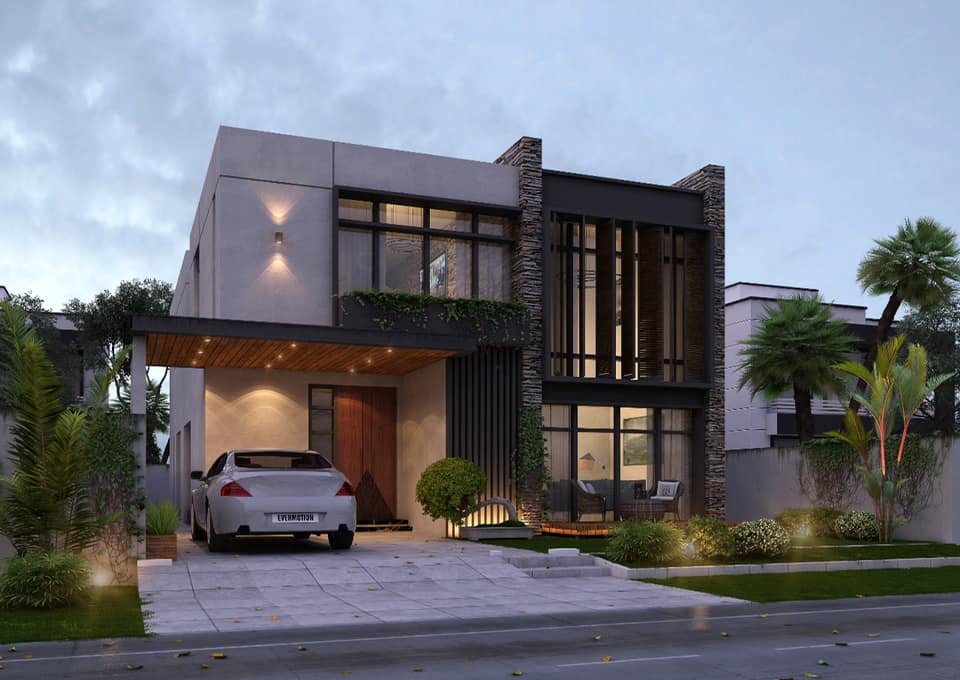
Hospital Architecture: Principles, Guidelines, Dos, and Don'ts
Hospital Architecture: Principles, Guidelines, Dos, and Don’ts

magneto
Fri, 02/16/2024 – 04:23
Hospital Architecture: Principles, Guidelines, Dos, and Don’ts: Call +91-9624378909 for Hospital Building and Healthcare Architecture design services in Delhi, Mumbai, chennai, Bangalore, nagpur, Bhopal, Indore and anywhere in India
Hospital architecture is more than just building design; it’s a complex discipline that combines art, science, and the principles of healthcare to create environments that promote healing, facilitate efficient care delivery, and enhance the well-being of both patients and healthcare staff. This content explores the foundational principles, critical guidelines, and essential dos and don’ts of hospital architecture.
Principles of Hospital Architecture Design:Call +91-9624378909
-
Patient-Centeredness: Design should prioritize patient comfort, privacy, and accessibility, ensuring a stress-reducing environment that promotes healing.
-
Flexibility and Scalability: Facilities must be adaptable to accommodate future healthcare technologies, services, and changes in patient volume.
-
Sustainability: Implementing eco-friendly materials and energy-efficient systems to minimize environmental impact and reduce operational costs.
-
Safety and Infection Control: Ensuring the design minimizes the risk of infections and accidents, adhering to strict safety protocols.
-
Integration of Nature: Incorporating natural light, outdoor views, and green spaces to enhance patient and staff well-being.
Guidelines for Hospital Architecture:Call +91-9624378909
-
Compliance with Healthcare Standards: Adhering to local and international healthcare design standards, including those set by the World Health Organization (WHO), NABH, and JCI.
-
Incorporation of Technological Advancements: Designing with the infrastructure to support the latest medical technologies and digital health records.
-
Efficient Operational Layout: Planning for optimal workflow, reducing travel distances within the facility, and ensuring easy navigation for patients, visitors, and staff.
-
Disaster Preparedness: Building resilience into the design to ensure hospital operations can continue during natural disasters or emergencies.
-
Community Integration: Designing hospitals that serve not just as places for treatment but as part of the larger community health ecosystem.
Dos and Don’ts in Hospital Architecture:Call +91-9624378909
Dos:
- Do involve healthcare professionals in the design process to ensure practicality and efficiency.
- Do consider the patient journey from arrival through treatment and discharge in the design.
- Do use durable, non-toxic, and easy-to-clean materials to support infection control.
- Do provide ample space for families within patient care areas to support the healing process.
- Do ensure ample natural lighting and ventilation to promote a healthy environment.
Don’ts:
- Don’t underestimate the importance of noise reduction in the healing process; plan for acoustics carefully.
- Don’t ignore the needs of the staff; include spaces for rest and respite to prevent burnout.
- Don’t compromise on accessibility; ensure that the design accommodates all patients, including those with disabilities.
- Don’t neglect the importance of privacy and dignity in patient rooms and treatment areas.
- Don’t overlook the need for flexible spaces that can be adapted as medical practices evolve.
In conclusion, hospital architecture is a critical component of the healthcare infrastructure, requiring careful consideration of various principles and guidelines to ensure that the facilities are conducive to healing, efficient in operation, and prepared for the future. By adhering to these dos and don’ts, architects and planners can create hospitals that not only meet the highest standards of healthcare delivery but also provide a nurturing environment for patients and staff alike.



